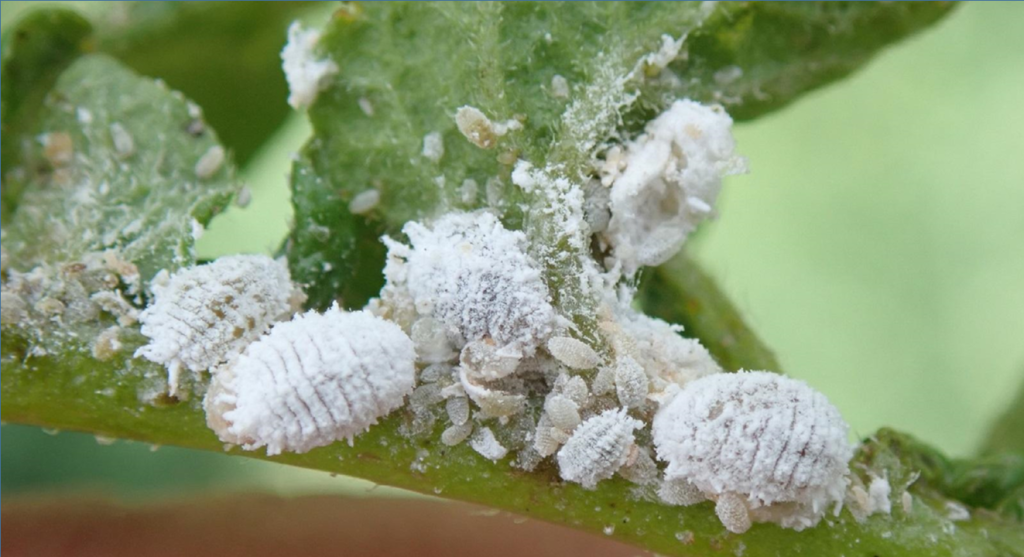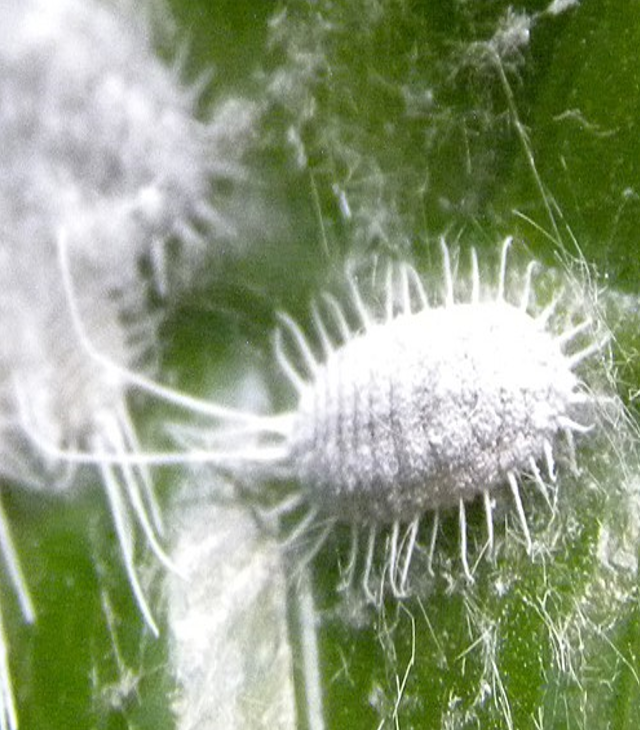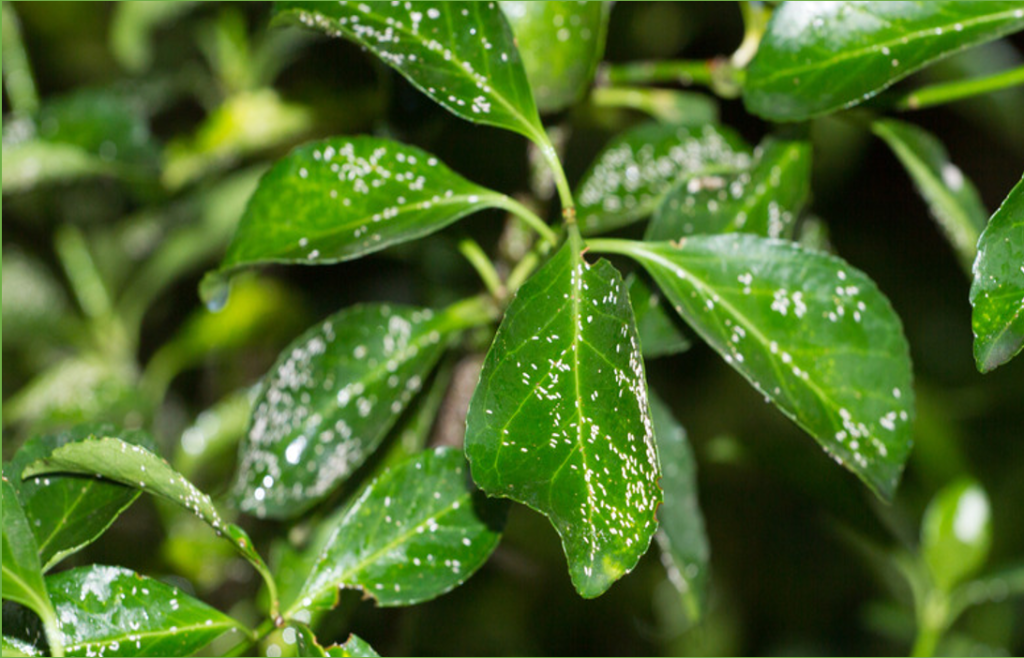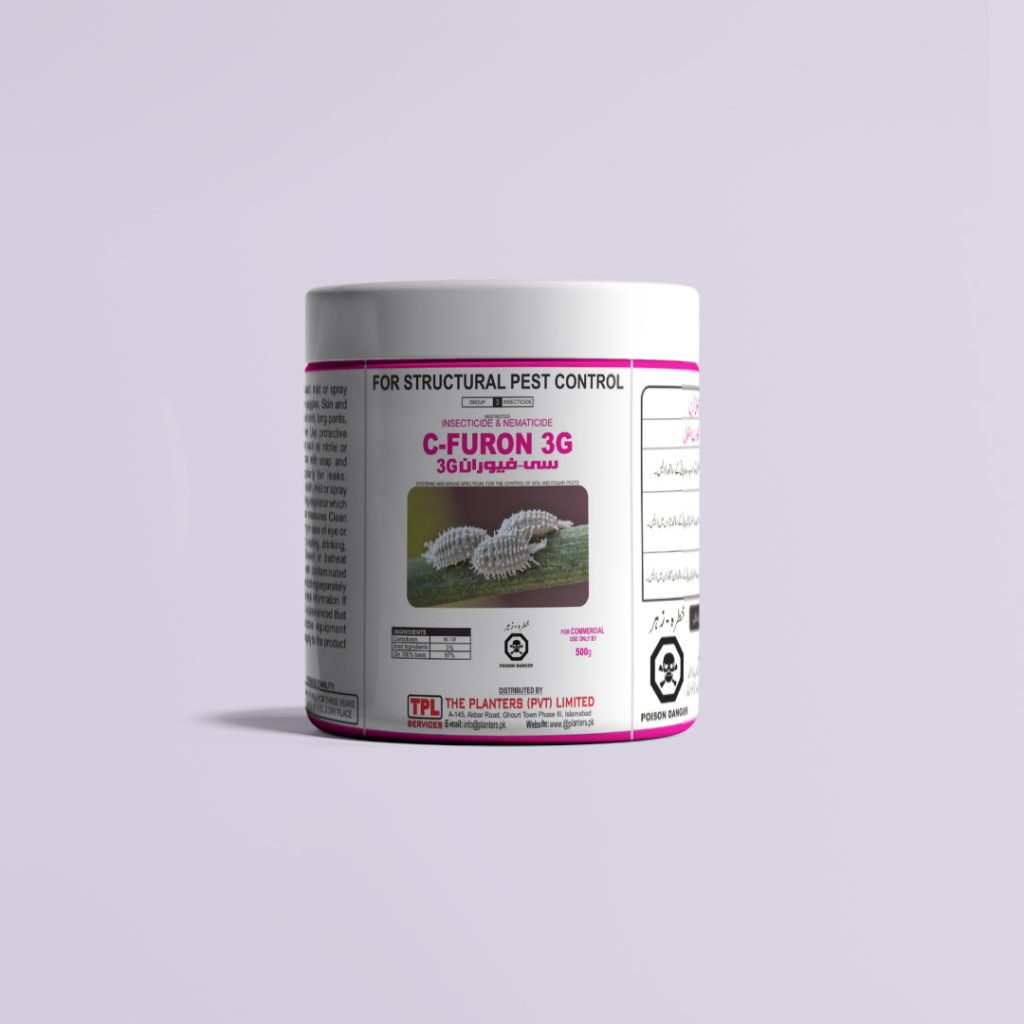Tips to Get Rid of Mealybugs | TPL Pest Control on the Gateway for You
By: Ahmad Mujtaba
Mealybugs are soft wax-covered insects belonging to the family Monophlebidae in the order Hemiptera. Distributed globally, Mealybugs are native to Asia, America and some other tropical regions. It is the significant pest among various fruits specifically citrus, mango, grapes & apples which eventually results in low yields and pest infestation in your lawn and gardens. If you want to get rid of Mealybugs in your beautiful garden, here is the ultimate guide for you.
- Thriving best in warmer climates, these are often covered with white powdery wax.
- In areas like Pakistan, taken less-seriously, it is a serious pest causing destruction in the end.
- These may leave you in dismay (if not treated on time) with their lethal infestation on the indoor plants present in glasshouses, offices and lawns.
- Left untreated or less-noticed, plants can die.
- TPL Pest Control is obviously the priority choice to contact with if you observe this happening in your lawns/gardens.

Mealybugs’ infestation on a plant
Mealybugs’ Life Cycle:
Life cycles of mealybugs vary by species. In general, the adult females of most mealybugs lay 200-300 or more eggs in cottony egg sacs. Within six to 10 weeks, the hatched insects become ready to lay eggs. Then, those egg sacs may be attached to crowns, leaves, bark, fruit, or twigs. A rarity or an exception is the long-tailed mealybug, which produces eggs that remain within the female until they hatch.
Newly hatched mealybug nymphs (often known as crawlers) are yellow to orange in color, lack wax, and are quite mobile. But they begin to excrete a waxy covering soon after settling down to feed.
Although older nymphs & adults have legs and can move, they don’t move very far or very rapidly. These nymphs undergo multiple molts through various instars prior to reaching adulthood.
Mealybugs may possess 2 – 6 generations a year. It completely depends upon the suitable warm climate for the stages to get completed. Commonly, mealybugs take 6 weeks to 2 months to reach maturity.

Mode of Damage:
- Mealybugs are usually found feeding in colonies or some protected areas, such as between two or multiple fruits touching each other. Their presence can also be observed on stems near soil, or between the touching leaves as well.
- Mealybugs infest almost all parts of plants especially found underside the leaves.
- Extracting sap from the phloem of plant, mealybugs put up a notable amount of decrease in the plant vigor & growth ultimately.
- These insects, in return, secrete excess sugar in the form of a substance called honeydew.
- This honeydew imparts negative impact on plant’s health by reducing the process of photosynthesis in them.
- Typically colonized by sooty molds, the honeydew finally falls onto leaves and other plant surfaces, leading to a darkened look.
- Higher populations feeding on foliage or stems limit plant growth and cause leaf drop.

Light vs Heavy Infestations? TPL Suggests What to Do!
Light mealybug infestations means that you observe a fewer number of mealybugs. The visual appearance looks like white, cottony egg masses on the plants. The infected plant must be given some treatment in order to save it from heavy health degradation. On time treatment can save plant from slow-death & makes it grow better in terms of developmental processes.
Heavy infestations are generally a larger sometimes uncountable amount of mealybugs & their eggs. Its appearance may look like waxy excretions that promote the growth of sooty mold fungus. Over the passage of time, they cause leaves yellow, dieback and flower buds to prematurely drop off from the plant. Their destruction is so fatal that the fruit plant or houseplant can die, if not treated properly on time.
- In this case, there’s always becomes crucial need to choose right professional Pest Control Company for your infested plants in the garden or lawn.
- Without having a second thought in mind, TPL Pest Control services are obviously the priority to get rid of mealybugs.
Tips to Get Rid of Mealybugs:
Here are some useful tips given by TPL pest control professionals to get rid of mealybugs;
1) Wash Mealybugs Away: The first step & the most important one is try removing mealybugs manually from the infested plants. Check out the size of host plant & observe the amount of infestation.
Based on that, wash away the mealybugs by using a steady stream of water over the surface of the plant. This can be the simple & easy solution for light infestations. Repeat this, when needed again. One more thing you can do is to remove the dead leaves from the plant as mealybugs may have their eggs on them.
2) Use Isopropyl Alcohol: Dip the cotton ball with isopropyl rubbing alcohol on it. Administer first on some leaves just to make sure that it isn’t causing any severe damage, and then apply it all over the infested plant. Multiple applications can be needed depending upon the condition there.
Wipe out the mealybugs with the help of cotton ball. This will quickly kill them. Keep in notice the weekly observations and repeat the same process if the infestation is still present on the plant.
3) Conserve Natural Enemies: This is a biological control method which generally helps in getting rid of mealybugs in greenhouses, gardens and laws. Predatory insects including ladybugs, lacewings & small parasitic wasps, prey on the outdoor mealybugs and helps a lot in removing mealybugs.
An introduced beetle, Mealybug Ladybird beetle is a type of ladybird beetle known for its role in controlling mealybug infestations. It is commonly known as mealybug destroyer.
4) Use of Neem Oil: Neem oil can also be used to remove mealybugs. The natural extracts present in the neem oil affects the insects’ feeding ability & it generally acts as a repellent. According to the Environmental Protection Agency, neem oil is safe to use on vegetables and fruit plants, including ornamental plants in your garden as well. Notice out the weekly observations and repeat the same process if the infestation is still present on the plant.
5) Chemical Control: The removal or killing of mealybugs by using an insecticide becomes necessary when its infestation is heavy or if it was observed on later stages. Once it is spread widely, last solution for it is chemical control. Carbofuran or pyrethroids are the effective chemicals used generally against mealybugs.
Pro Tip: Why Carbofuran?
Carbofuran is known best for its ability to control mealybugs, especially when these sucking insects become resistant to other insecticides. The waxy coating over mealybugs makes sometimes difficult for other chemicals to cross that barrier, but carbofuran can deal with that effectively.
To maintain best IPM (Integrated Pest Management) approach, don’t overuse this insecticide or don’t use if you are unclear with the methodology. In this regard, consult with TPL professionals for more information.

Any Queries? TPL (PVT) pest control services are there for you just a call away!
©️ The Planters Pvt Ltd (TPL). All Rights Reserved.


This Post Has One Comment
Fine way of describing, and pleasant article to get information on the topic of my presentation focus,
which i am going to convey in university.